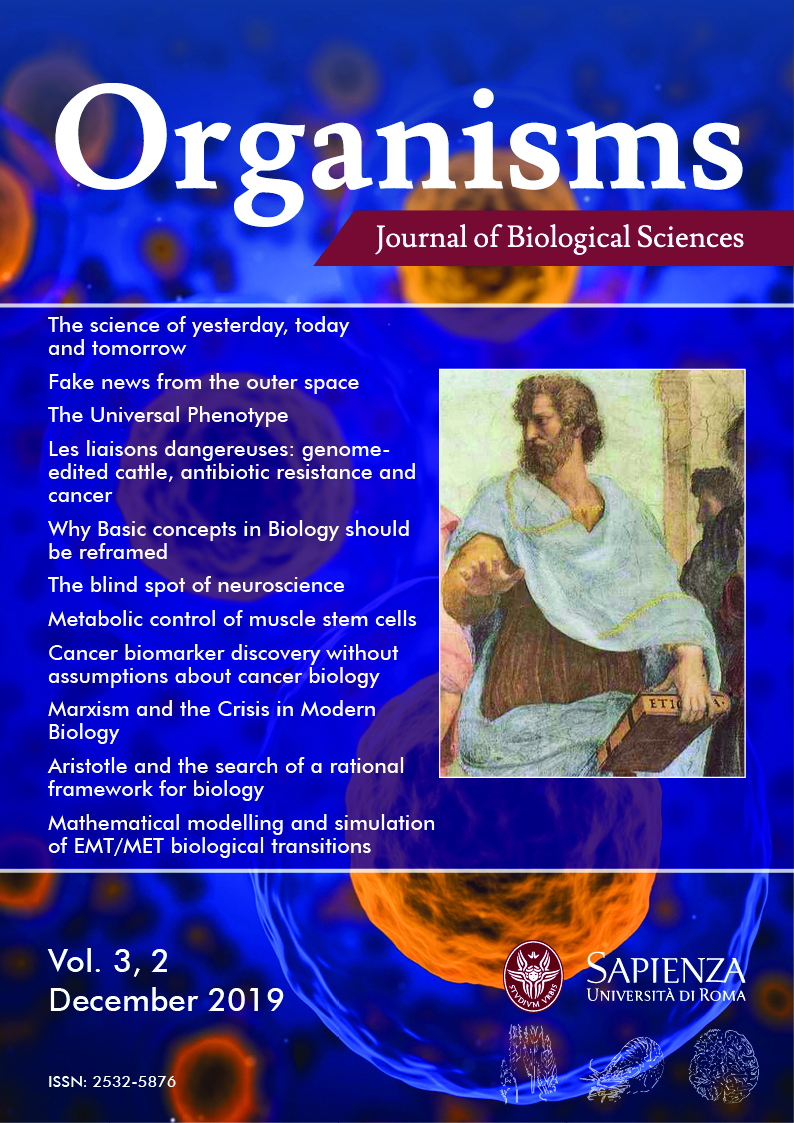Mathematical modelling and simulation of EMT/MET biological transitions
DOI:
https://doi.org/10.13133/2532-5876/16448Abstract
The capability of cells to alter their phenotype in response to signals is crucial to the understanding of different morphogenetic pathways. We focus presently on the case of Epithelial-to-Mesenchynaml Transition (EMT) and its reverse Mesenchymal-to-Epithelial Transition (MET), which are considered as a plausible mechanism at the base of tumours onset and spread. We propose a simplified mathematical model, consisting of two coupled differential equations, aiming to describe the minimal dynamics of Epithelial and Mesenchymal cells. Differently from many previous models arising in various contexts, the basic assumption is the presence of a cooperative-like structure between the two families determined by the presence of a source term (possibly nonlinear) involving cells of the opposite compartment, in addition to an inherent apoptosis term. Finally, being the Mesenchymal phenotype characterised by high-level motility, the presence of motion is included into its dynamics by means of a diffusive-like term. In case the source term is truly nonlinear and, as a consequence, multiple equilibria may coexist, propagating fronts connecting such different states can be numerically observed. For different values of the parameters, specifically the relaxation times σ and t, the measure of invasiveness λ and μ, together with functions f and g, the model is capable to describe various directions of propagation, also suggesting a possible simple mechanism responsible for tumour reversion.Downloads
How to Cite
Issue
Section
License
Copyright Agreement with Authors
Before publication, after the acceptance of the manuscript, authors have to sign a Publication Agreement with Organisms. The authors retain all rights to the original work without any restrictions.
License for Published Contents

You are free to copy, distribute and transmit the work, and to adapt the work. You must attribute the work in the manner specified by the author or licensor (but not in any way that suggests that they endorse you or your use of the work).





